This article was co-authored by Meera Subash, MD and by wikiHow staff writer, Christopher M. Osborne, PhD. Dr. Meera Subash is a board certified Rheumatologist and Internist. She specializes in scaling up healthcare technology solutions for rheumatic and chronic disease management. Dr. Subash holds a BA in Human Biology from Stanford University and a Doctor of Medicine (MD) from Texas Tech University Health Sciences Center. She completed a residency in Internal Medicine at The University of California, San Diego, where she served as Chief Resident in Quality and Patient Safety at The VA San Diego Healthcare System. Dr. Subash also completed a fellowship in Rheumatology at The University of California, San Francisco - School of Medicine. She is currently pursuing another fellowship in Clinical Informatics at The University of California, San Francisco - School of Medicine.
There are 7 references cited in this article, which can be found at the bottom of the page.
This article has been viewed 16,488 times.
Polymyositis (PM) is an autoimmune condition in which your body’s immune system attacks healthy muscle tissue. PM mainly affects skeletal muscles, which are the muscles involved in movement on both sides of your body. The cause of PM is usually unknown, but diagnosing it is a fairly straightforward process. Once properly diagnosed, most people respond well to standard treatments and find their widespread muscle weakness greatly reduced or eliminated.
Steps
Recognizing Symptoms of PM
-
1Take note of muscle weakness that worsens over several weeks. Sore muscles are a part of everyone’s life. However, muscle weakness that gradually worsens over a few weeks to a month may be a sign of PM. The possibility of PM further increases if the muscle weakness is widespread and on both sides of your body.[1]
- PM most commonly occurs in the muscles of your shoulders, upper arms, hips, thighs, and neck. The muscles closest to your trunk will be affected the most.
- You might also experience pain, tenderness or swelling in these muscles. You will feel these symptoms, along with muscle weakness, equally on both sides of the body.
-
2Consider if everyday tasks have become more challenging. You might blame your muscle weakness on overexertion or “getting old” at first, then start to notice that once normal tasks become more challenging. As PM symptoms progress, you may have trouble lifting things, placing items on upper shelves, walking up stairs, carrying items, getting up from a chair, brushing your hair, or even raising your head from your pillow in the morning.[2]
- PM in your neck muscles can also make swallowing more difficult. Contact your doctor right away if you notice this symptom.
Advertisement -
3Take your likelihood of developing PM into account. PM is rare, but anyone can develop it at any time. It’s more likely to develop in females than males, and usually doesn’t occur in people under age 20. Most people are in their 30s to 50s when PM emerges.[3]
- PM isn’t passed down genetically, but your genes may influence your likelihood of developing the condition. Certain viruses like HIV might also be triggers, but the truth is that PM usually occurs without explanation. For some reason, your immune system starts attacking healthy muscle tissue.
- While viruses like HIV can be connected to PM, it is more likely to develop in people with other autoimmune conditions, such as lupus or rheumatoid arthritis.
-
4Seek immediate attention if you develop lung or heart problems. PM can, in some cases, impact the muscles in and around your heart and lungs. This can cause difficulty breathing, shortness of breath, fatigue, and chest tightness or pain. Contact your doctor right away if you notice these symptoms, or, if necessary, contact emergency services.
- These symptoms can be caused by numerous conditions other than PM, but you should seek medical care right away no matter the cause.
Undergoing Diagnostic Tests
-
1Let your doctor do a physical exam. Diagnosing PM always begins with a physical exam.[4] Your doctor will ask you to lift your arms, turn your head, and make other moves that involve the affected muscle groups. They’ll ask when and where you specifically feel weakness or pain when moving or at rest. They’ll also check your heart and lungs with a stethoscope.[5]
- You’ll also be asked questions about your medical history and family history—even though PM isn’t passed on genetically, it can be more common in some families.
-
2Have your blood tested for specific enzymes and antibodies. After a simple blood draw at your doctor’s office, your blood will be tested for 2 major things. 1 is the enzyme known as CK, which leaks from damaged muscle fibers. The other is for antibodies that are specific to inflammatory myopathies like PM.[6]
- The antibodies are evidence of your immune system attacking your muscles, and the enzyme is proof of their destruction of healthy tissue.
-
3Consent to an electromyogram. This test involves sticking a needle that’s connected to a machine into your muscle tissue in various locations. The device checks for electrical activity in the muscles during both rest and contraction.[7]
- You may be wary of the needle, and the fact is that this procedure is a bit painful. The doctor can apply a topical anesthetic to your skin, but it will still hurt where the needle enters your muscle tissue. These spots may remain painful for a few days.
- However, electromyogram is an effective diagnostic tool for PM and is nearly always worth the discomfort.
-
4Ask whether an MRI may prove useful. MRIs are not always used to help diagnose PM, but they can be beneficial in some cases.[8] An MRI essentially creates cross-sectional images of your muscle tissue, and can therefore open large areas to examination without invasive procedures.[9]
- MRIs are painless and a good choice for most people, but remaining still in the enclosed chamber can be a challenge for some. Learn about the procedure, ask questions, and don’t be afraid to voice your concerns.
- Ask how long the procedure will take, and let the doctor know if you're worried about being in a small space for that long. You may be able to use soothing music or other calming techniques to make the process more manageable.
-
5Undergo a muscle biopsy for definitive evidence. Eventually, nearly all diagnoses of PM involve taking a sample of your muscle tissue and looking for telltale signs of damage caused by your immune system. Your doctor may take more than 1 sample, in 1 of 2 ways:[10]
- A needle biopsy. In this type of biopsy, your healthcare provider will insert a needle into your muscle tissue and remove a small amount of tissue through the needle. They may need to insert the needle more than once to get a large enough sample.
- An open biopsy, in which your healthcare provider will make a small cut into your skin and muscle and remove a small sample of muscle tissue.
- In either case, local anesthesia will be used, and you may experience some pain in the sample areas for a few days.
Managing PM after Diagnosis
-
1Start treatment with a corticosteroid like prednisone. Since your own immune system is causing the muscle damage inherent to PM, using immunosuppressants has long been a front-line treatment for the condition. Usually, this begins with the use of a corticosteroid, most often prednisone. This will be used for the short term, perhaps consistently for a few weeks or on-and-off for slightly longer stretches.[11]
- Prednisone, however, can cause numerous unpleasant side effects, including significant weight gain, bone weakness, and psychological distress. Therefore, it’s best to work with your doctor to use as little as is needed for as short a period of time as is needed.
-
2Move on to other long-term immunosuppressants as needed. A short-term treatment with prednisone will usually bring your PM symptoms under control. After that, your doctor may prescribe different long-term medications to continue managing your symptoms. Most doctors draw from a list of about 10 different immunosuppressant medications for managing PM.[12]
- They all usually have fewer side effects than prednisone, but you’ll still need to be monitored carefully and may need to change medications more than once.
- Some patients may be weaned off of medications and find that their symptoms don’t return. Others may need to be on medication indefinitely. PM is manageable, but not curable.
- You can find a chart listing common PM immunosuppressants at https://www.mda.org/disease/polymyositis/medical-management.
-
3Look into IVIg infusion therapy as an ongoing treatment. This therapy for PM involves getting intravenous (IV) infusions of antibodies from donors. These foreign antibodies essentially “trick” your own immune system into stopping its attack on your muscle tissue. However, the result is only temporary, so most patients using IVIg therapy have to undergo regular infusions.[13]
- The antibodies will come from the plasma of blood donors.
- The infusion process usually takes 2-4 hours, and must be repeated every 3-4 weeks or so.
-
4Follow a consistent physical therapy program. Using medications and/or IVIg infusions will often reduce or even eliminate your body's attack on its own muscle tissue. However, a consistent physical therapy program will help restore strength and flexibility to your muscles. Talk to your doctor about the best type of physical therapy program for your needs.[14]
- Because your muscles will be very weak, the program needs to start slow and develop gradually over time. Pool-based physical therapy is often very useful for PM, especially during the early stages of recovery.
- Expect to go to physical therapy multiple times per week, for at least several weeks and probably several months or more.
-
5Get speech therapy if you have trouble speaking or swallowing. In some cases, PM may weaken the muscles involved in speaking and swallowing. Speech therapy can help you strengthen those muscles or compensate for the loss of muscle strength in other ways.[15] Ask your doctor to recommend a speech therapist who has experience with polymyositis.
-
6Reach out to your support network. Coping with polymyositis can be stressful and difficult. Don’t be afraid to ask your family and friends for emotional and practical support. Ask your doctor to recommend a counselor or a support group for people with polymyositis, if you need extra help.[16]
- It’s okay to feel frustrated, scared, discouraged, or sad when dealing with a condition like polymyositis. Acknowledge your feelings, and let those close to you know when you are struggling or need someone to talk to.
- It’s also okay to say “no” to taking on tasks or obligations that you can’t handle, or ask for extra help.
- Remember that your doctor and the rest of your medical team are also part of your support system. Follow the treatment plan that you came up with together, and let them know if it’s not working for you or if new symptoms develop.
Expert Q&A
-
QuestionDoes mysositis show up on an MRI?
 Meera Subash, MDDr. Meera Subash is a board certified Rheumatologist and Internist. She specializes in scaling up healthcare technology solutions for rheumatic and chronic disease management. Dr. Subash holds a BA in Human Biology from Stanford University and a Doctor of Medicine (MD) from Texas Tech University Health Sciences Center. She completed a residency in Internal Medicine at The University of California, San Diego, where she served as Chief Resident in Quality and Patient Safety at The VA San Diego Healthcare System. Dr. Subash also completed a fellowship in Rheumatology at The University of California, San Francisco - School of Medicine. She is currently pursuing another fellowship in Clinical Informatics at The University of California, San Francisco - School of Medicine.
Meera Subash, MDDr. Meera Subash is a board certified Rheumatologist and Internist. She specializes in scaling up healthcare technology solutions for rheumatic and chronic disease management. Dr. Subash holds a BA in Human Biology from Stanford University and a Doctor of Medicine (MD) from Texas Tech University Health Sciences Center. She completed a residency in Internal Medicine at The University of California, San Diego, where she served as Chief Resident in Quality and Patient Safety at The VA San Diego Healthcare System. Dr. Subash also completed a fellowship in Rheumatology at The University of California, San Francisco - School of Medicine. She is currently pursuing another fellowship in Clinical Informatics at The University of California, San Francisco - School of Medicine.
Board Certified Rheumatologist An MRI may help your doctor make a diagnosis. However, an MRI may not be necessary and isn't always done.
An MRI may help your doctor make a diagnosis. However, an MRI may not be necessary and isn't always done.
References
- ↑ https://my.clevelandclinic.org/health/diseases/12053-polymyositis
- ↑ https://my.clevelandclinic.org/health/diseases/12053-polymyositis
- ↑ https://rarediseases.info.nih.gov/diseases/7425/polymyositis
- ↑ Meera Subash, MD. Board Certified Rheumatologist. Expert Interview. 5 February 2021.
- ↑ https://www.hopkinsmedicine.org/health/conditions-and-diseases/polymyositis
- ↑ https://www.hopkinsmedicine.org/health/conditions-and-diseases/polymyositis
- ↑ https://www.hopkinsmedicine.org/health/treatment-tests-and-therapies/electromyography-emg
- ↑ Meera Subash, MD. Board Certified Rheumatologist. Expert Interview. 5 February 2021.
- ↑ https://www.hopkinsmedicine.org/health/conditions-and-diseases/polymyositis
- ↑ https://www.hopkinsmedicine.org/health/conditions-and-diseases/polymyositis
- ↑ https://medlineplus.gov/ency/article/000428.htm
- ↑ https://medlineplus.gov/ency/article/000428.htm
- ↑ https://rarediseases.info.nih.gov/diseases/7425/polymyositis
- ↑ https://rarediseases.info.nih.gov/diseases/7425/polymyositis
- ↑ https://www.ncbi.nlm.nih.gov/pmc/articles/PMC3482800/
- ↑ https://www.ncbi.nlm.nih.gov/pmc/articles/PMC3482800/
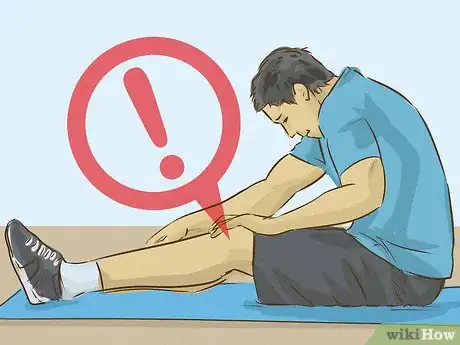


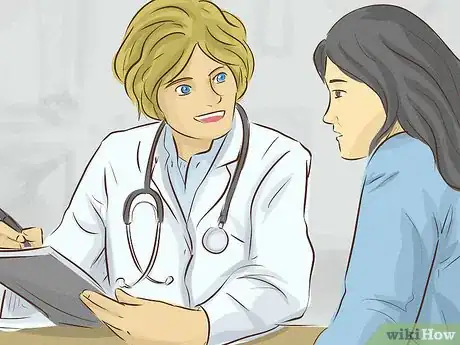
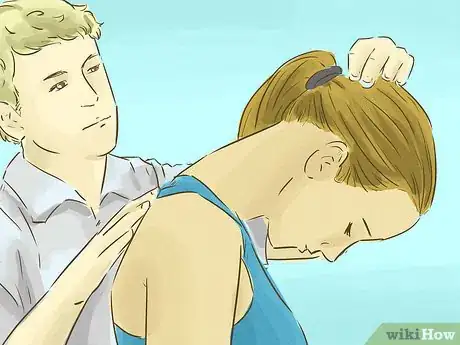



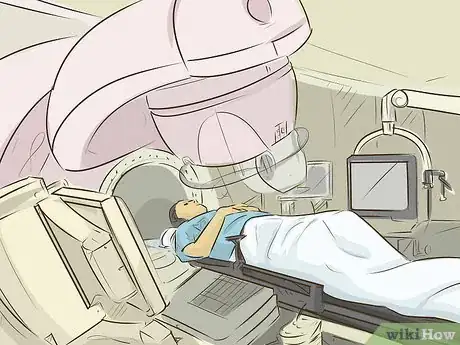
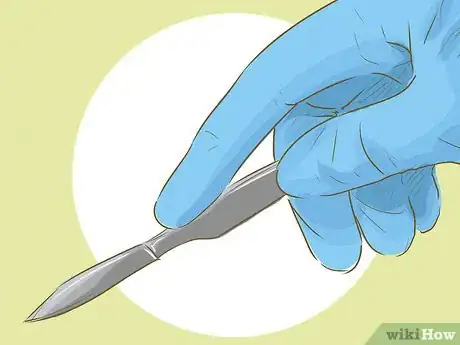
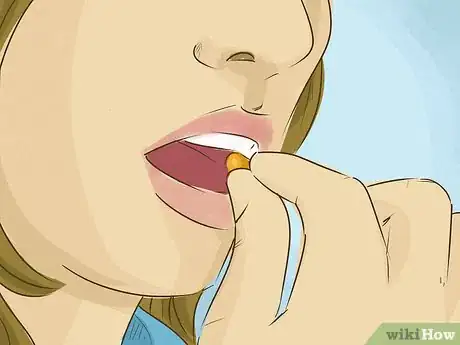
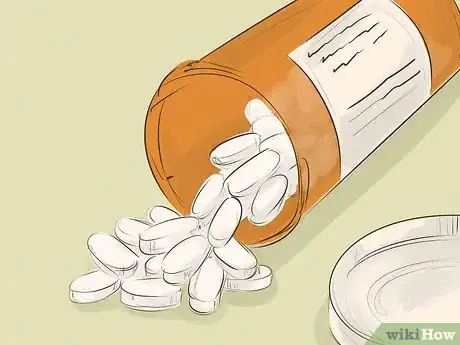
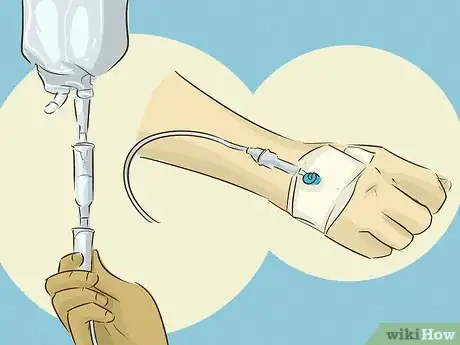
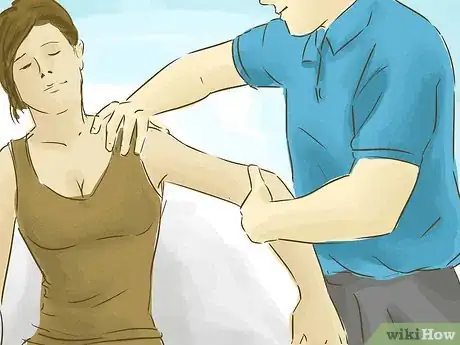
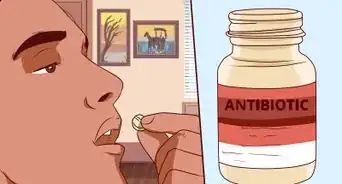
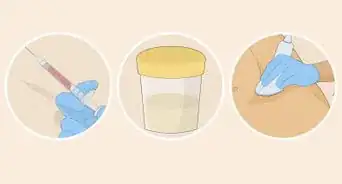



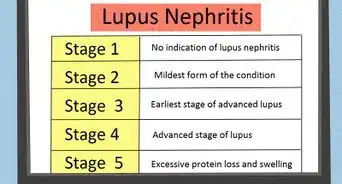
-Step-14.webp)
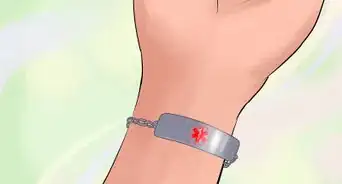






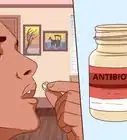
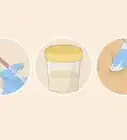





































Medical Disclaimer
The content of this article is not intended to be a substitute for professional medical advice, examination, diagnosis, or treatment. You should always contact your doctor or other qualified healthcare professional before starting, changing, or stopping any kind of health treatment.
Read More...